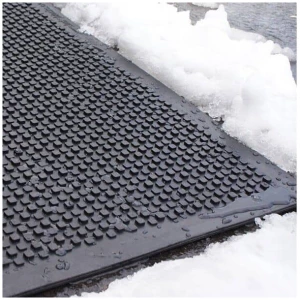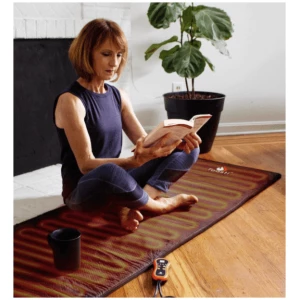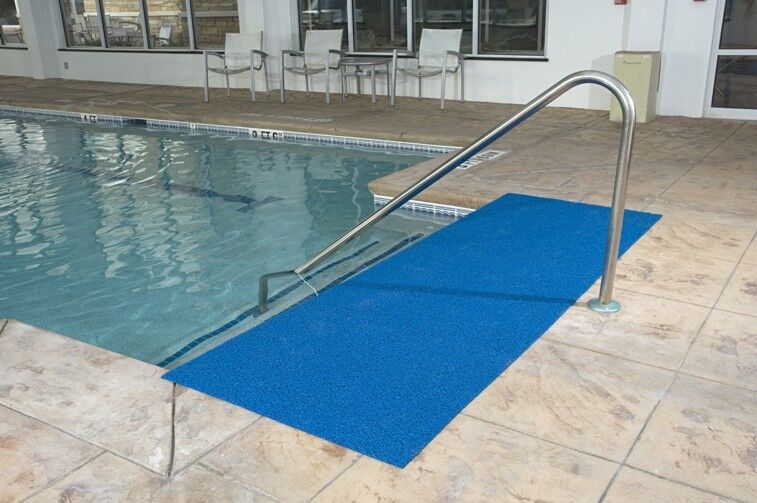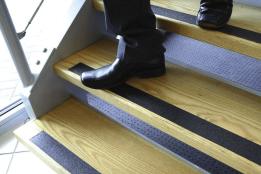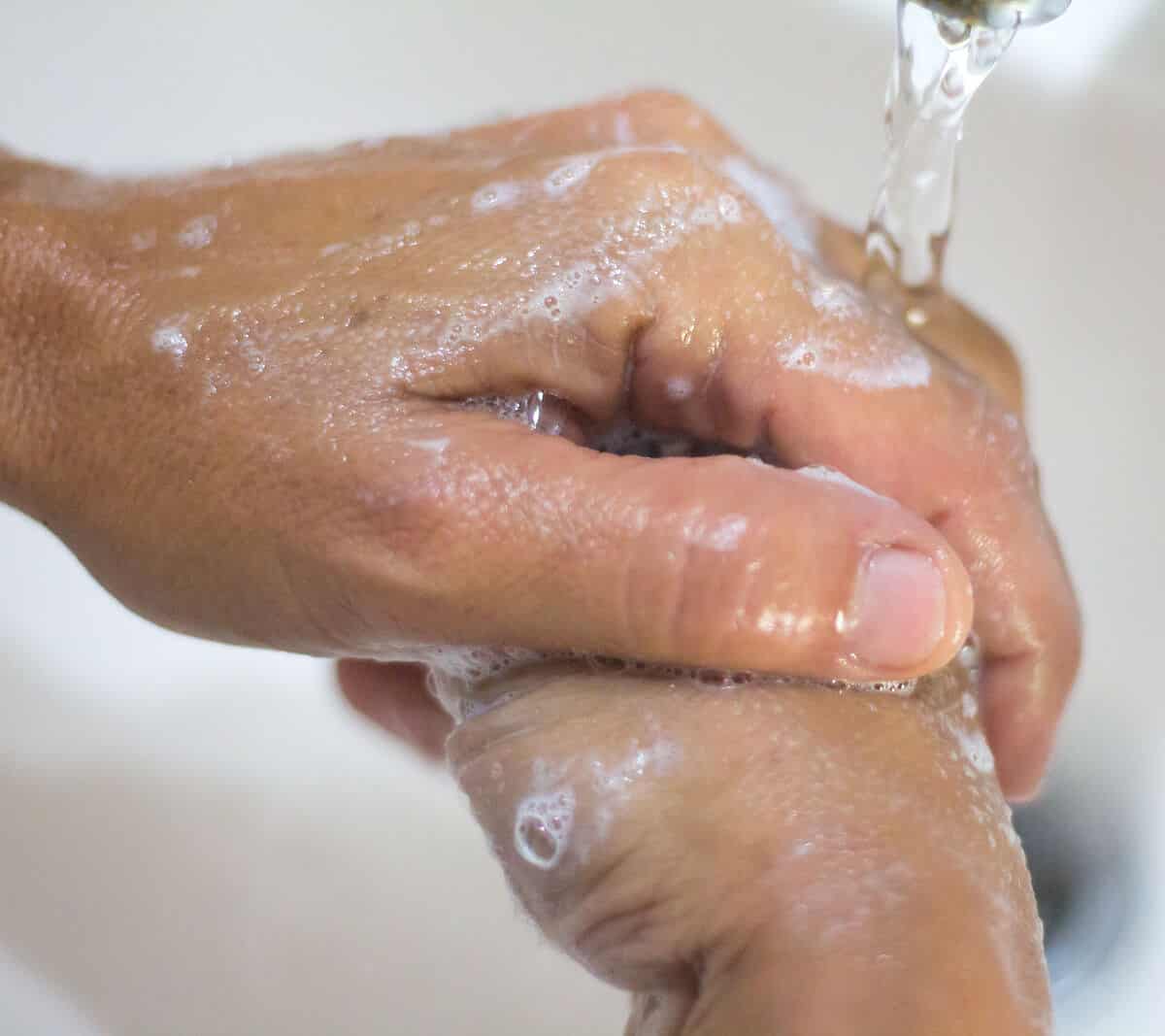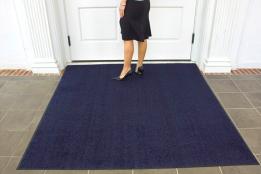Floor mats are mainly used to provide protection in relation to the floor of a building. They can also be used to provide warmth and comfort and also for aesthetic purposes. Regardless of their specific function or application, all mats are broadly classified as either indoor and/or outdoor mats. And as their names imply, indoor mats are only used in enclosed quarters whereas outdoor mats are installed outside. Needless to say, all outdoor mats can be used indoors but indoor mats cannot be used outside. As such, some mats qualify as both indoor and outdoor mats. A good example of such is what we call entrance or entry way mats, which are usually laid at the entrance of a building with one side remaining indoors and the other part sticking outside.
Product Range
As mentioned in the introduction, matting products are first classified as either indoor or outdoor depending on their site of deployment or installation. They are further categorized according to their intended application environment, whether at home — residential mats— or in a commercial setting — industrial mats. Some matting products span all these categories. That is a mat can be for both indoor and outdoor use in residential as well as commercial sites. Floor mats are by far the dominant products in the matting industry. Let us take a look at some of the most popular types of floor mats.
Types Of Mats And Applications
Entrance mats have already been described above as the indoor/outdoor installations that are placed in building doorways for scraping off dirt before going inside. Heated mats are electrically powered floor mats for providing heat and comfort in the house; while still providing the other functional benefits of using floor mats. Logo mats are graphically embellished mats that are used to convey or communicate various safety and cautionary messages in an industrial setting. They are also used for decorative purposes and also for advertisement. Industrial or commercial floor mats have also been mentioned above and they come in many different types depending on their applications.
Functional Benefits
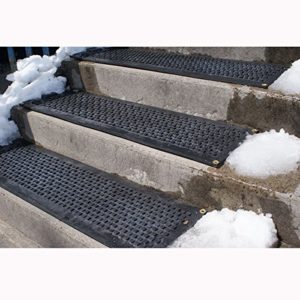
The main benefit of using floor mats is safety and protection for the user as well as the floor. Mats provide foot traction on slippery floors thereby preventing accidental slips and falls at home and at the workplace. Specially designed industrial mats provide ergonomic comfort in the workplace thereby enhancing workforce productivity. Anti-fatigue floor mats have thick cushioning materials to provide buoyancy when standing and hence reduce muscle discomfort. Heated indoor mats create a comfortable and relaxing environment by providing warmth indoors. Likewise, a heated outdoor mat melts snow on pathways allowing easy movement from one place to another. Other specialized functional benefits of floor mats include advertisement, safety signs and cautionary messages, and industry-specific protection against chemicals, oil & grease, electrical shock, ESD, and so much more.
Other Anti-Slip Solutions
In addition to floor mats, the other two most popular slip-resistant solutions: anti-slip treads and grip tapes. These traction enhancement solutions are suitable for both indoor and outdoor installation. Stairways are some of the most dangerous surfaces to walk on in slippery conditions. As such, most anti-slip treads and tapes are usually installed on slanted surfaces and stairs. There are two main types of traction treads and grip tapes and several other anti-slip solutions. Learn all about them in the next blog.
